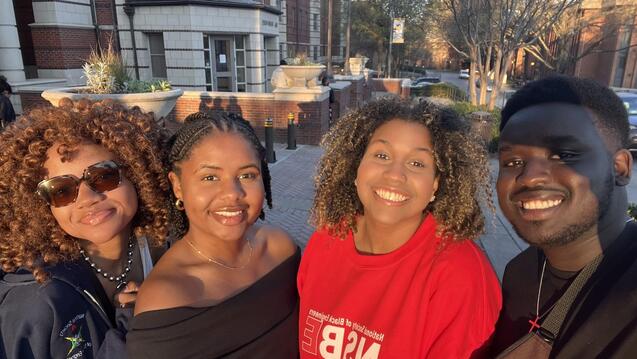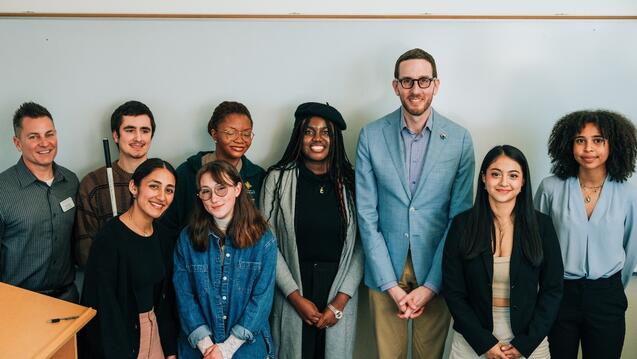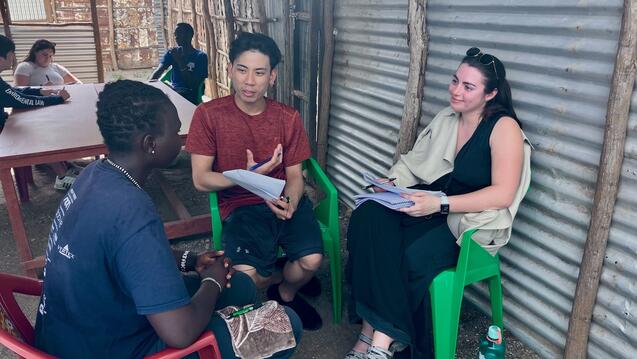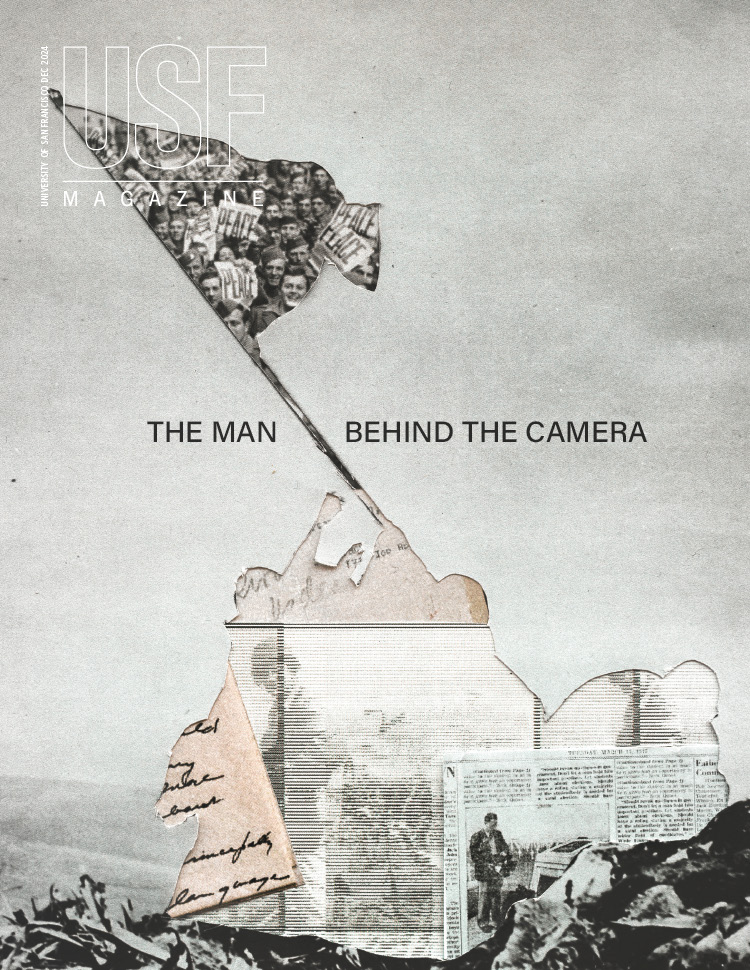
Undergraduates Win Award from NASA, Launch Startup to Predict Wildfires
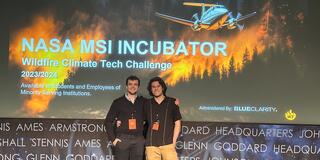
Andrew Saah ’25 and Owen Sordillo ’24 met as sophomores, randomly assigned suitemates in Lone Mountain East. Today, they are working with NASA — and a $100,000 grant from the space agency — on a startup that will use satellite and lidar data to predict wildfires.
Saah, an environmental science major, and Sordillo, an entrepreneurship and innovation major, combined what they learned at USF to win NASA’s Wildfire Climate Tech Challenge.
“Everyone thinks California is the wildfire capital of the world, but it’s everywhere,” said Saah, a native Californian.
“Instead of constantly putting out wildfires, we wanted to figure out how do we reduce the risk?” added Sordillo, from Belchertown, Massachusetts.
The students’ startup, Silvaye, will develop software that uses NASA technology, satellite data, and ground-based sensors to measure how much brush and vegetation exists on properties as a way to assess the wildfire risk.
The information currently is collected manually, said Saah, who has worked in forestry.
“I’ve been collecting these metrics for a while, and it’s painstaking and very prone to human error,” Saah said.
Silvaye will provide accurate information to homeowners, insurance companies, and agencies like the California Department of Forestry and Fire Protection, with a goal of reducing the risk of wildfires, Saah said.
For the NASA Wildfire Climate Tech Challenge, Saah and Sordillo named their submission FLARE, for Fuel Load Analysis and Risk Estimation, and won alongside two other teams, one from Howard University in Washington, D.C. and one from University of North Carolina and North Carolina State University. The three teams were given funding and admittance to a startup incubator at the NASA Jet Propulsion Laboratory in Southern California. Saah and Sordillo will be there this week.
“We spent a lot of time on this,” said Saah. “It was helpful to have the Geospatial Analysis Lab (GSAL) at USF — and to take Fernanda Lopez Ornelas’ class.”
Saah’s father, David Saah, is the director of the GSAL and was also a big help when they had questions, Sordillo and Saah said.
Sordillo said the School of Management’s Creativity, Innovation, and Design class was important for the project, as well as the Entrepreneurial Finance class he took with Mark Cannice.
Sordillo plans to spend the summer working on Silvaye while Saah interns at the NASA Jet Propulsion Laboratory. Sordillo graduates in December and plans to go straight to work with their company.
Many of their professors have been cheering them on.
“Andrew and Owen have been working hard to build their FLARE project over the course of this semester,” said Michelle Millar, associate dean of School of Management undergraduate programs. “Throughout this project they have leveraged Andrew’s environmental science knowledge on geospatial analysis and terrestrial laser scanning and Owen’s focus on entrepreneurship.”
“It is really gratifying to see these students using their training to solve real-world problems,” said Calla Schmidt, chair of the Environmental Science department. “We are so proud of their success in this national competition.”

Featured in USF Magazine
This USF News story was published in USF Magazine, where you can find feature stories about university life, alumni Class Notes, and information about events at USF.
